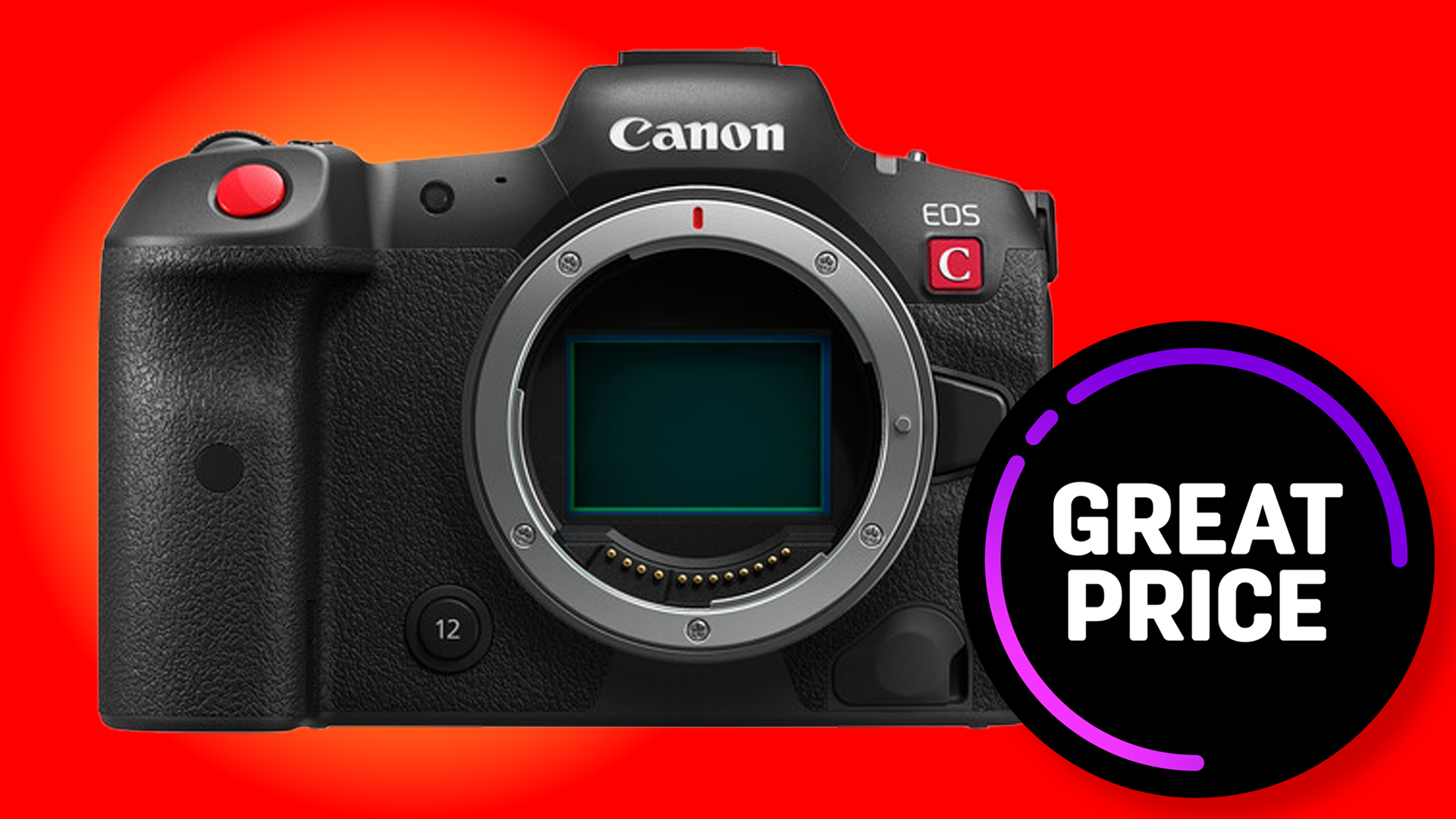The end of an era? Why an EVF in a Leica M feels like a mistake
An electronic viewfinder in a Leica M could ruin the magic, in my opinion
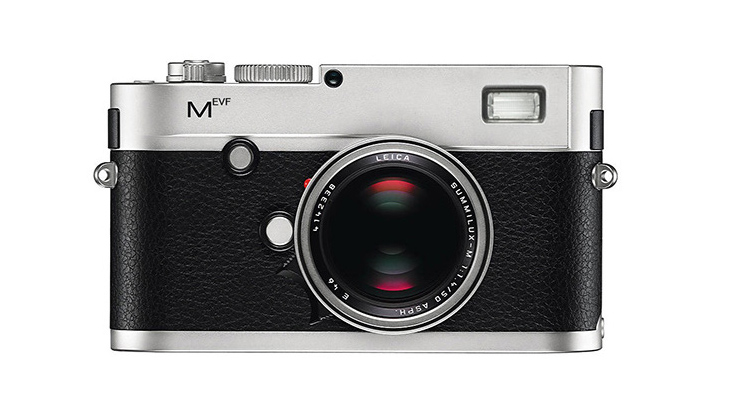
The Leica M series has always been about a pure, unfiltered connection to photography. It’s a camera designed to put the photographer in direct touch with their subject, relying on the simplicity of a rangefinder and the discipline that comes with manual focus and composition.
So the camera rumors surrounding a new Leica M camera with a built-in electronic viewfinder (EVF) feel like a significant departure from the ethos that has defined the M line for decades. While some may welcome this change, to me, it fundamentally alters what makes an M camera unique and special.
Leica already provides an EVF solution for M users in the form of the Leica Visoflex 2, which works seamlessly with any M camera from the M240 to the latest flagship, the Leica M11. If an EVF experience is truly needed, this add-on provides the necessary functionality without altering the core design and philosophy of the M system.
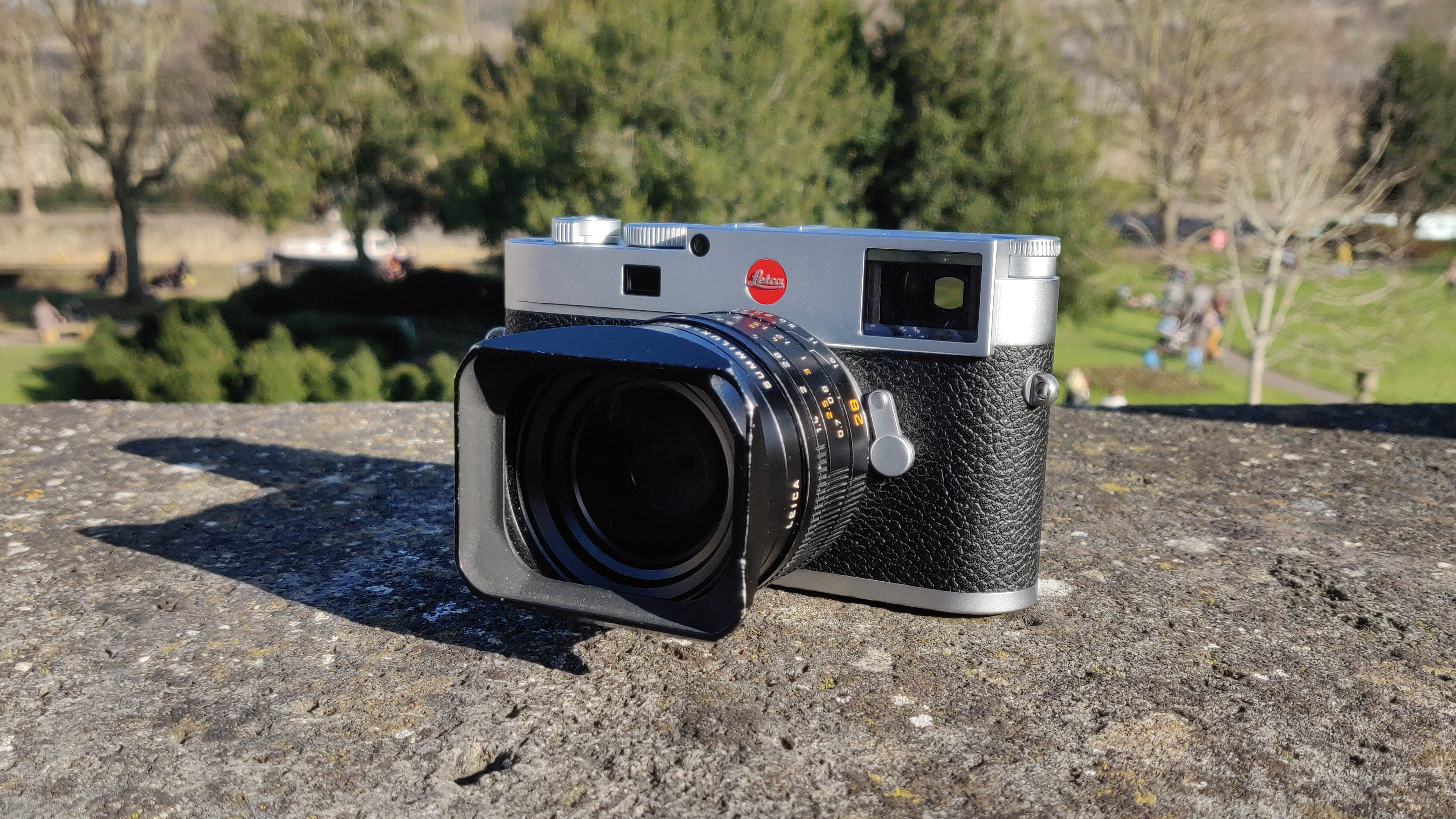
Additionally, Leica has long offered an alternative in the Q-series, most recently with the Leica Q3 and Q3 43, which include a built-in EVF and autofocus. The Q-series covers key focal lengths, with the standard 28mm lens and the new 43mm covering a '50mm' equivalent.
Given that the Q cameras are already designed for those who prefer an EVF experience, adding one to the M-series feels redundant and unnecessary.
The beauty of the M camera lies in its rangefinder – a defining characteristic that encourages a different, more thoughtful approach to photography. A built-in EVF in an M camera risks diluting that essence, making it feel more like another digital camera rather than the mechanical masterpiece it has always been.
That being said, there is an argument to be made for those who would benefit from an EVF-equipped M camera. Users who frequently shoot with longer lenses, such as a 135mm, or ultra-wide lenses like a 21mm, often find themselves struggling with the limitations of the M-series' framelines.
Get the Digital Camera World Newsletter
The best camera deals, reviews, product advice, and unmissable photography news, direct to your inbox!
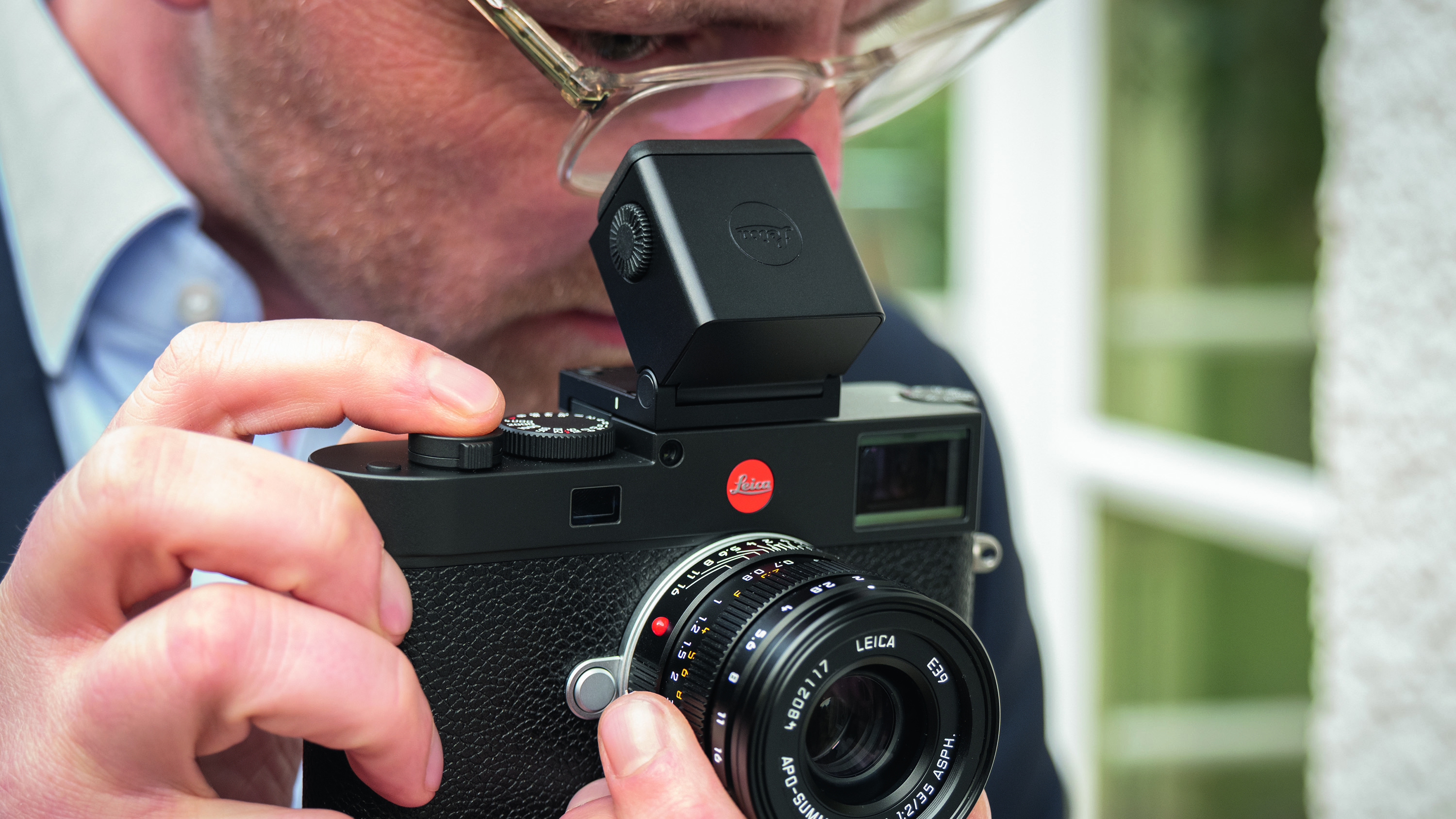
These focal lengths either require an external viewfinder or reliance on the Visoflex to compose accurately. In such cases, an EVF could provide a practical advantage, eliminating the need for extra accessories and allowing a more streamlined shooting experience.
However, Leica has always positioned the M as a camera that embraces limitations as a means of creative discipline. Expanding its capabilities in this way could appeal to a niche audience, but it would do so at the risk of alienating purists who cherish the M’s traditional shooting experience.
If the rumors are to be believed, we may see this EVF-equipped M camera sometime later in 2025. Speculation suggests that it will feature a more compact design, potentially replacing traditional rear buttons with a large touchscreen and even doing away with the classic ISO dial in favor of a programmable alternative.
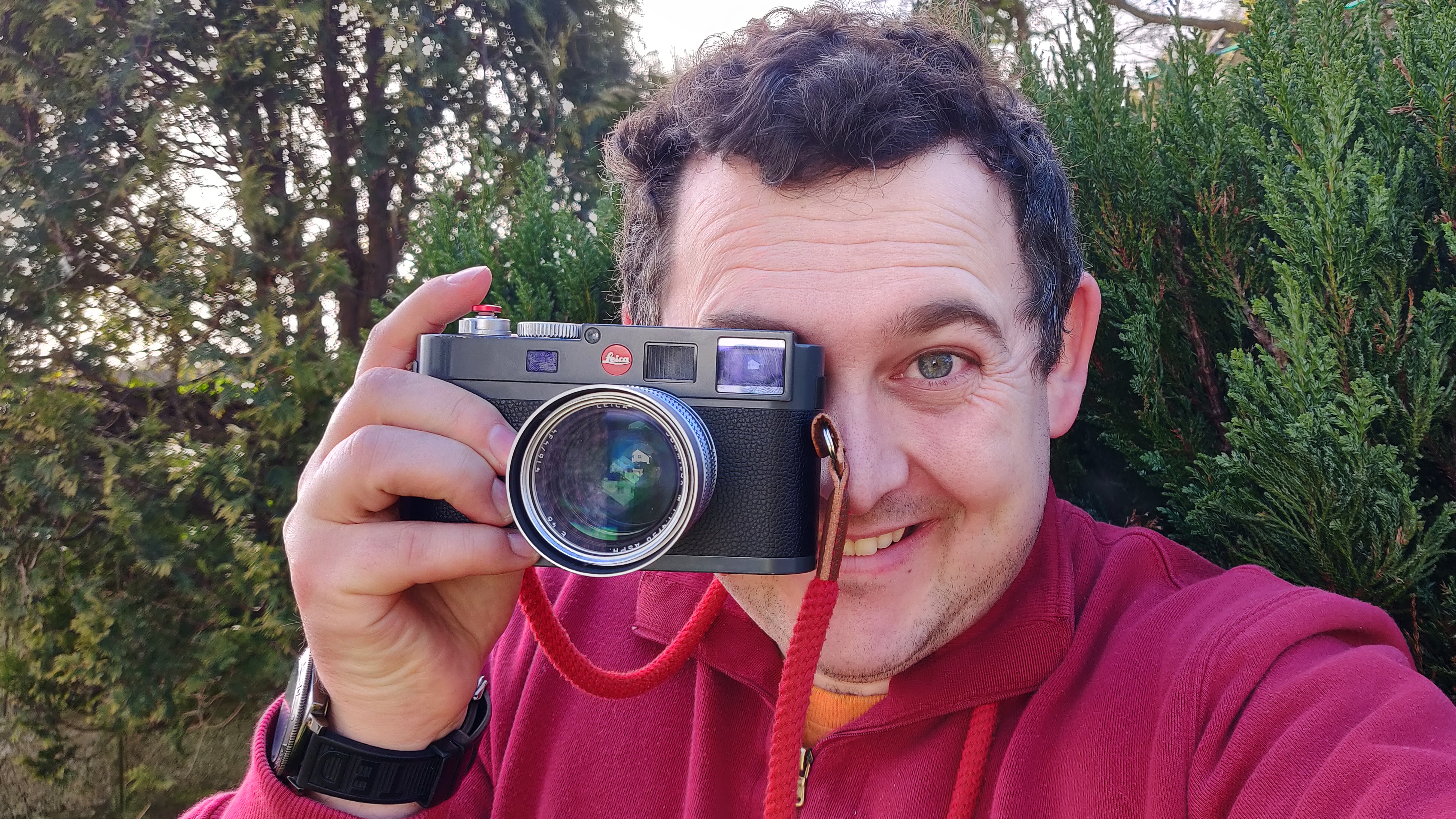
Importantly, this new model is not expected to replace the existing rangefinder or the upcoming Leica M12 but will sit alongside it as a modernized alternative. Still, one has to wonder: if Leica is committed to keeping the traditional M alive, why risk fragmenting the lineup with a version that strays so far from what has always made the M special?
While some photographers may welcome an EVF in an M camera, I remain unconvinced. The M series has always been about a direct, optical connection between the photographer and the scene, and Leica has already provided ample EVF options for those who want them.
A built-in EVF in an M camera feels like a step away from the purity that has made the M system legendary. If this rumored camera does come to market, I can only hope it remains an option rather than the future of the M series as a whole.
You might also like…
Take a look at the best rangefinder cameras, which unsurprisingly includes some of the best Leica cameras.
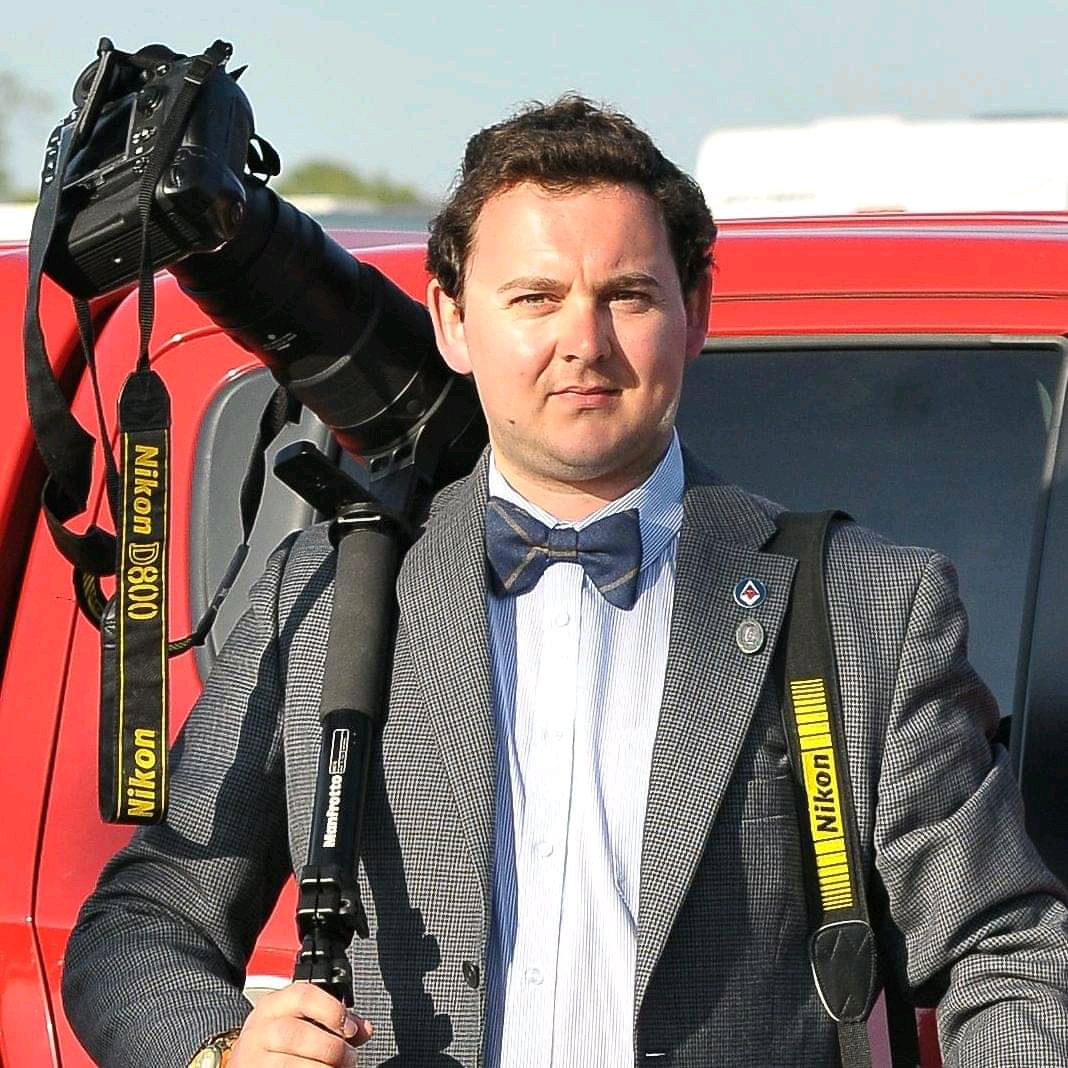
For nearly two decades Sebastian's work has been published internationally. Originally specializing in Equestrianism, his visuals have been used by the leading names in the equestrian industry such as The Fédération Equestre Internationale (FEI), The Jockey Club, Horse & Hound, and many more for various advertising campaigns, books, and pre/post-event highlights.
He is a Fellow of the Royal Society of Arts, holds a Foundation Degree in Equitation Science, and holds a Master of Arts in Publishing. He is a member of Nikon NPS and has been a Nikon user since his film days using a Nikon F5. He saw the digital transition with Nikon's D series cameras and is still, to this day, the youngest member to be elected into BEWA, the British Equestrian Writers' Association.
He is familiar with and shows great interest in 35mm, medium, and large-format photography, using products by Leica, Phase One, Hasselblad, Alpa, and Sinar. Sebastian has also used many cinema cameras from Sony, RED, ARRI, and everything in between. He now spends his spare time using his trusted Leica M-E or Leica M2, shooting Street/Documentary photography as he sees it, usually in Black and White.
You must confirm your public display name before commenting
Please logout and then login again, you will then be prompted to enter your display name.
